|
I was first exposed to no-till gardening through the book "Le jardin vivrier", by Marie Thévard. The first few chapters invited me to consider how healthy soil is in a natural environment such as a forest, and to compare that beautiful, black, rich soil to frequently tilled agricultural soil. I had myself observed how rich and loamy the soil is in our forest - in fact I was often tempted to dig some out to amend the clay soil in my gardens. The forest soil is alive - full of microorganisms. It it light and fluffy, drains well, leaves space of oxygen. When you sift through it, you find thriving fungi, worms, insects, mosses, and many micro-organisms we cannot see. Every year, it becomes more healthy, as leaves fall and decompose into a rich hummus, and plants decompose over the winter. All sizes of plants thrive in this soil, without intervention. Without watering or fertilizing. The forest soil is almost always moist and alive. In contrast, when I look at the agricultural fields that surround us, they look like a desert - hard, cracked clay that requires huge amounts labor and additives to extract a crop from them. The forest doesn't extract - it nurtures. And that is what I wanted to do with my garden. A no-till approach means drawing inspiration from the forest's nurturing and passive approach as much as possible. To avoid disrupting the layered ecosystem of micro-organisms in the soil, you never turn over the soil (bye-bye, rototiller). You also keep layering organic matter onto the soil, keeping it completely covered at almost all times. This organic matter, or mulch, serves several purposes:
It makes so much sense. And I always hated fighting with my rototiller so I was easily convinced. Going back to the time when I was reading all these revelations, I had already been using mulch in my garden in the form of landscape fabric. It had saved me hours of weeding, and I still don't hate it - I think it's a decent option for some scenarios. However, I was getting frustrated about a few aspects of it. First of all, it locks you into a certain planting pattern (wherever the holes are), so it was limiting my ability to do proper crop rotations. Secondly, it doesn't last forever and I hated the expense and waste it created. Thirdly, it's not very conducive to planting very tightly planted crops - you can't realistically make a hole every 5 centimeters. And finally, I now realized that it hadn't been doing anything to improve soil health. The first year after reading this book, I decided to convert part of my garden to a no-till approach. Fabric mulch had never worked well for corn, because of how tightly spaced the seeds are. So, I decided to use lawn clippings to mulch my corn patch. The second year, I stopped replacing any sections of landscape fabric - whenever a section was too torn or degraded to use, I put down natural mulch instead. I used dried weeds, lawn clippings, and dried leaves. Even the occasional cowpot. Whenever I harvested vegetables, I removed any "extra parts" such as corn husks, carrot leaves, and the external leaves of cabbages, and dumped them right there and then as mulch - I started to see anything that was removed from the garden as a loss of nutrients, and it made sense to limit that loss. In the fall I left all plant matter, such as tomato stalks, to decompose into the soil. By that time, I started to notice a difference in the soil that was getting covered by natural mulch. It was becoming fluffier, it was well drained, and it was SO full of worms. It became easier to plant in - no more brick-hard clay in the spring, no temptation to till it to "fluff it up" or till under weeds that had gotten out of control. By last year, I felt ready to fully convert my garden fully to natural mulch, the last step towards no-till. The main obstacle that worried me was efficiently gathering up sufficient amounts of plant matter. During my earlier years of experimenting with natural mulch, I had been raking lawn clippings into the lawn tractor trailer, but that is time consuming. I solved that problem by purchasing a second hand yardsweeper - a passive lawn tractor attachment with brushes that fling lawn clippings into a little canvas trailer. This makes it much easier to pick up the clippings. I also started to "steal" people's bags of raked leaves and pine needles in the fall and spring. Last fall, when I "closed up" my garden for the season, I took out all remaining landscape fabric. I dumped bags of leaves on each row - I just packed as many bags as I could every time I took a drive through a residential neighborhood. On top of the leaves, I put whatever I could find, such as weeds, branches, corn stalks, etc - keep the leaves from blowing away. I also used lawn clippings. When spring came around, I was greeted by a vibrant soil that had been protected throughout the winter. Very few weeds pierced through the mulch, and the ones that did were easy to remove. I was able to weed my entire garden (30 x 60 feet) in about twenty minutes, and I only had to do it once. Normally, even with the fabric mulch, I had to spend a significant amount of time on several rounds of weeding in the spring. I also noticed that the soil hadn't compacted over the winter and during spring rains. It stayed fluffy and aerated, with lots of worms. The mulch I had put did decompose significantly over the spring, and I had to apply another thick coat this week (mid-May). I put another layer of leaves, and a layer of lawn clippings on top (to prevent the leaves from blowing away). I've now planted my hardiest seedlings, for example onions, potatoes, parsley, and greens. It's been a pleasure to plant them in the natural mulch, compared to fabric mulch. Just spread the mulch with my hori-hori knife, making a little nest for the seedling or seed. No more cutting out the landscape mulch with an x-acto or scissors for every seeds (savvier gardeners burn those holes through, but still). I am still a little nervous about keeping up with that amount of mulching. The yardsweeper makes it relatively easy to gather up lawn clippings and that should be enough throughout the summer. We shall see! Some considerations for going no-till
What can you use for natural mulch? Scientifically speaking, it's useful to know that some mulches add carbon to the soil (mostly dried/brown stuff - for example bark, cardboard, and sawdust) and some mulches add nitrogen (mostly green stuff such as lawn clippings, aged compost, weeds and hay). Leaves and branches occupy a bit of a middle ground. Ideally speaking, you could choose your mulch based on a soil test to determine if your soil needs more nitrogen or more carbon. In practice, in our area, nitrogen is typically what is most needed so I learn towards "green" mulches. A few other factors to take into consideration:
I also want to mention that although sawdust is fine, walnut sawdust or shavings should be avoided (it suppresses growth). And, finally,, to bust a myth - it is not true that pine needles make soil acid, so you shouldn't fear them for that reason. The real reason things don't grow around pines in that pine needles make a very dense mulch, and, pine trees have very shallow roots. I actually really like pine needles as mulch - they provide great coverage and they don't blow away in the wind. A word about the broadfork Finally, as you transition to a no-till approach, you may need to fluff your soil occasionally. For that I would recommend a broadfork. A broadfork fluffs the soil without turning it over. It leaves the microbiome of the soil intact. Eventually, as the soil becomes fluffier and fluffier, you won't need to broadfork it anymore, but, it is a good transition tool. Setting up a new no-till garden bed
Most of my beds were converted from tilled beds to no-till. That means that originally, I dug up the sod and tilled it. However, it's also possible to create new no-till beds in your lawn, without tilling it even once. I am trying that for the first time and I will write a separate blog post about my experience once I am a little further along with it.
0 Comments
Leave a Reply. |
About this blogThis is where I share my learnings and adventures in homesteading Archives
May 2024
Categories
All
|
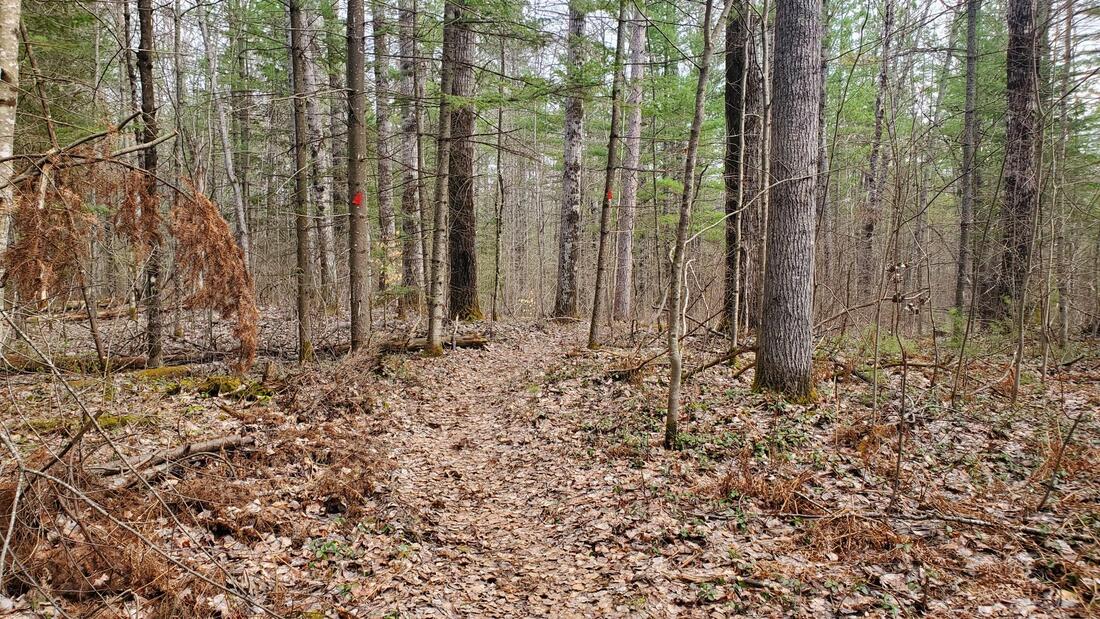
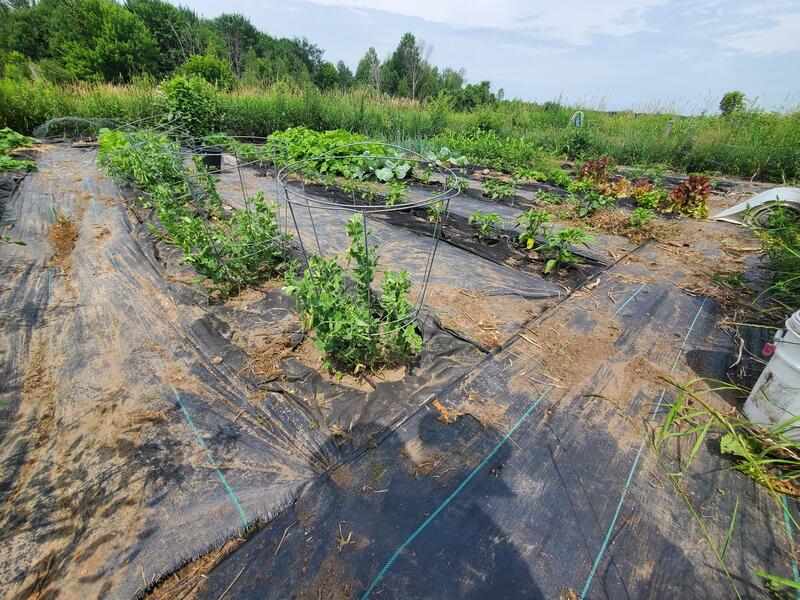
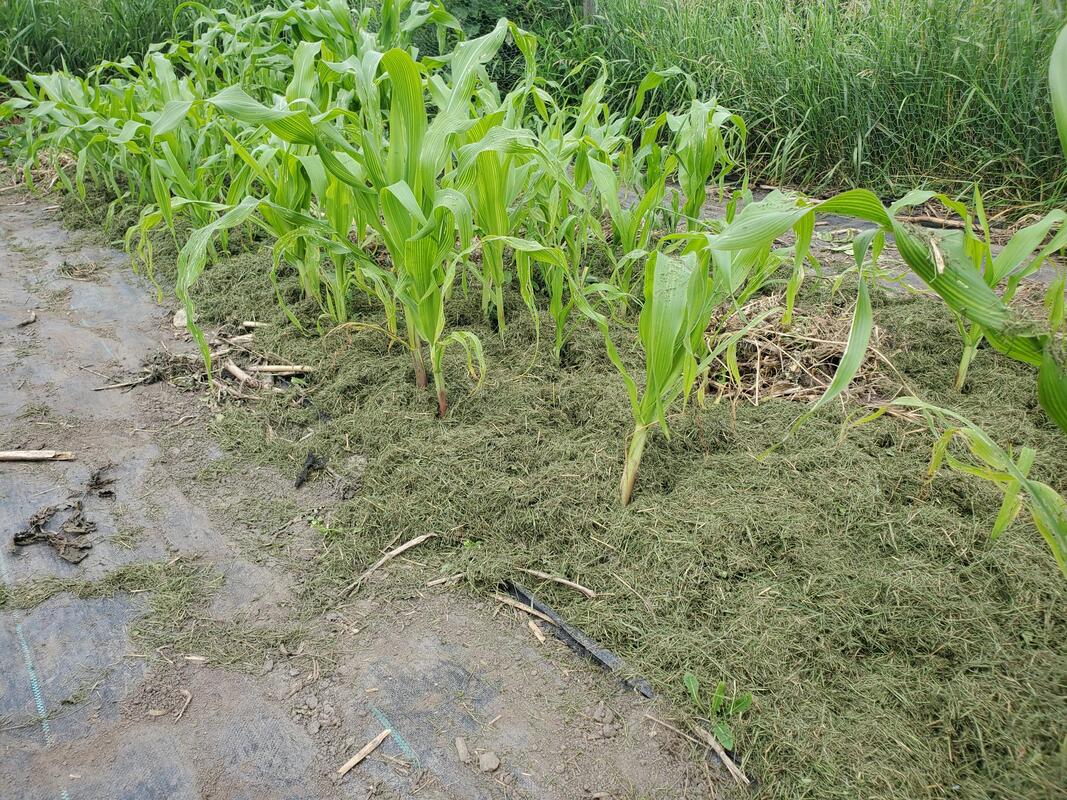
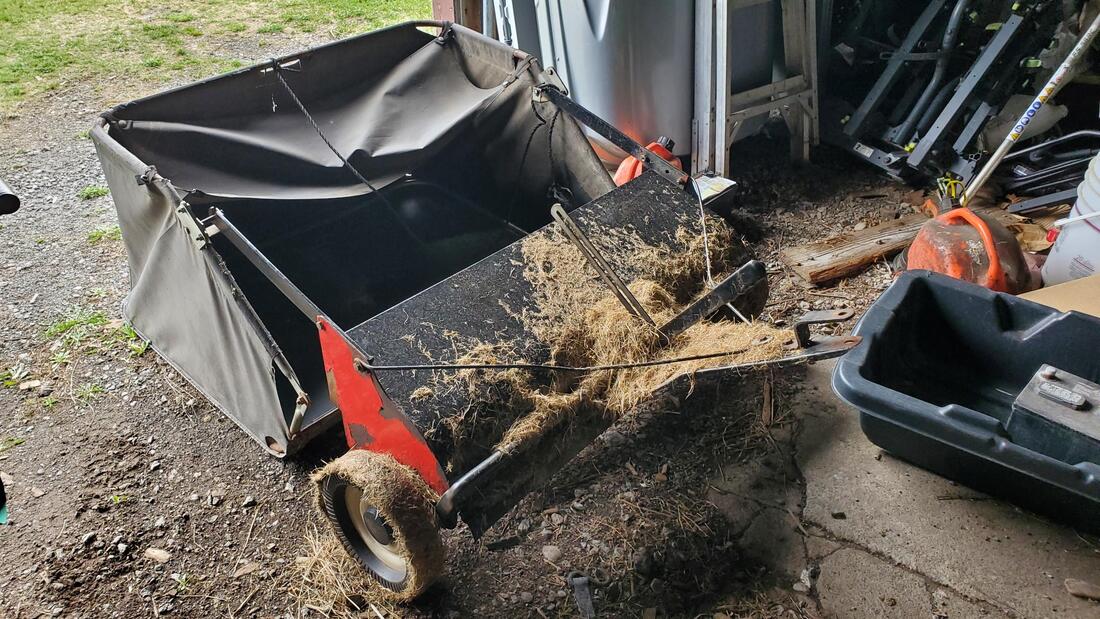
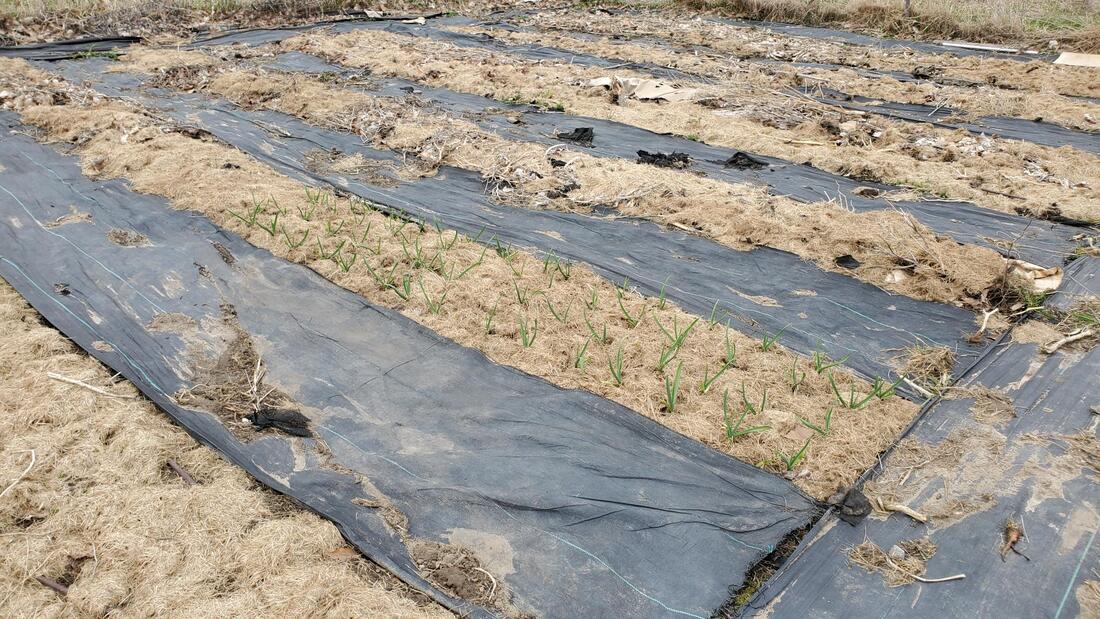
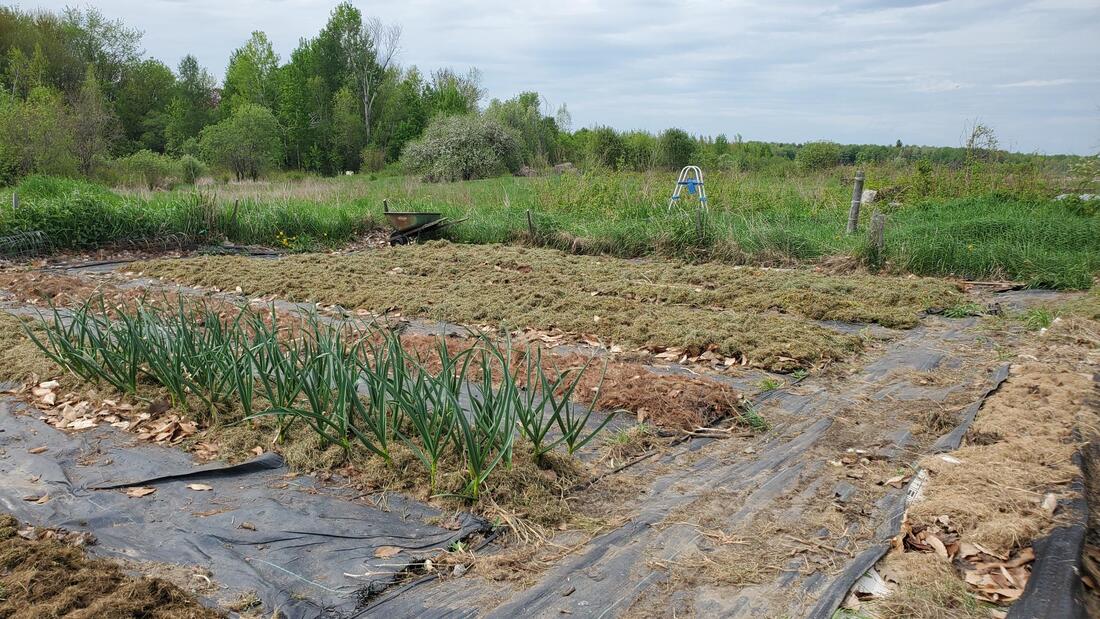


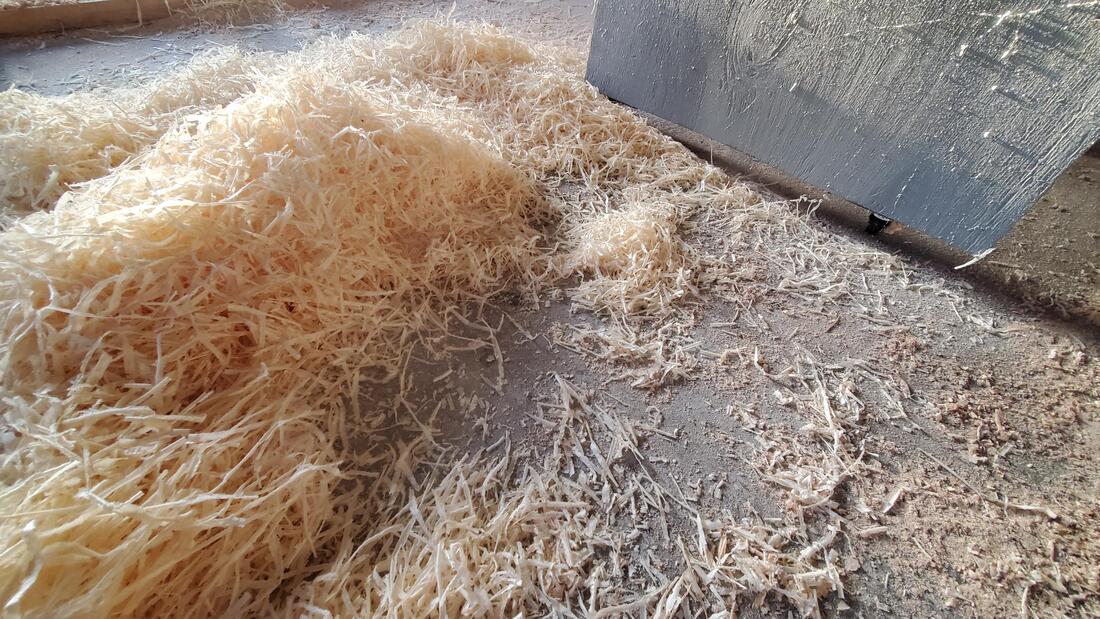
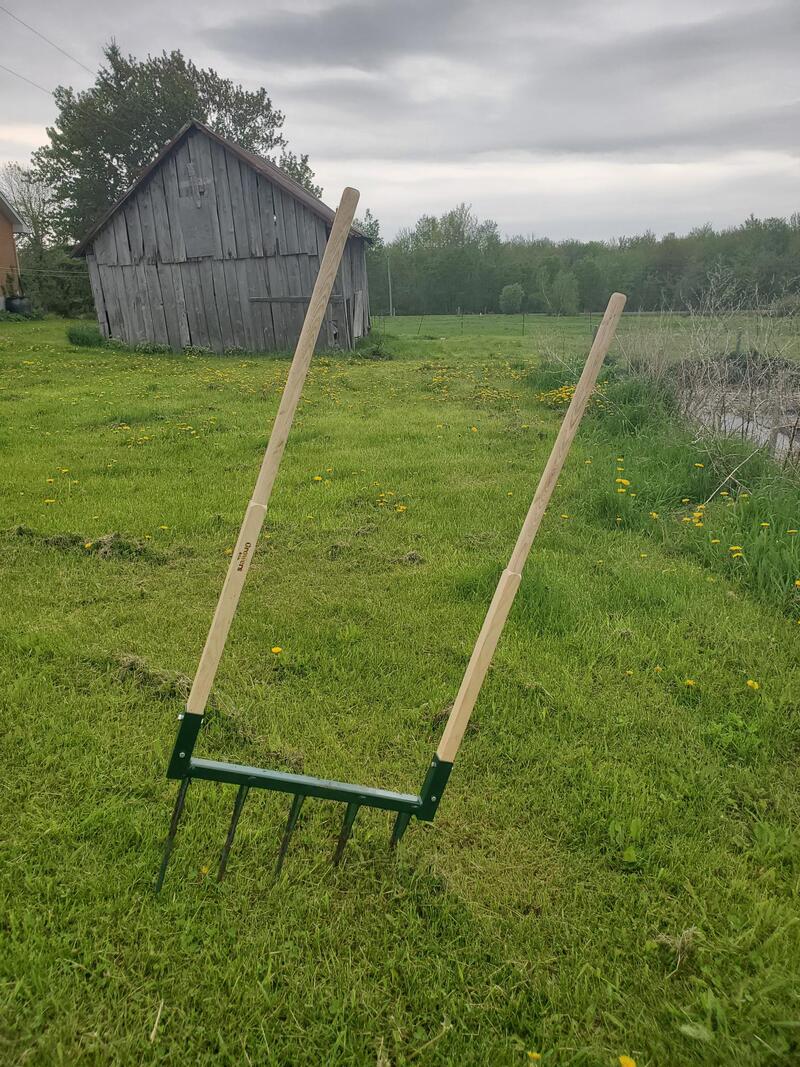
 RSS Feed
RSS Feed
